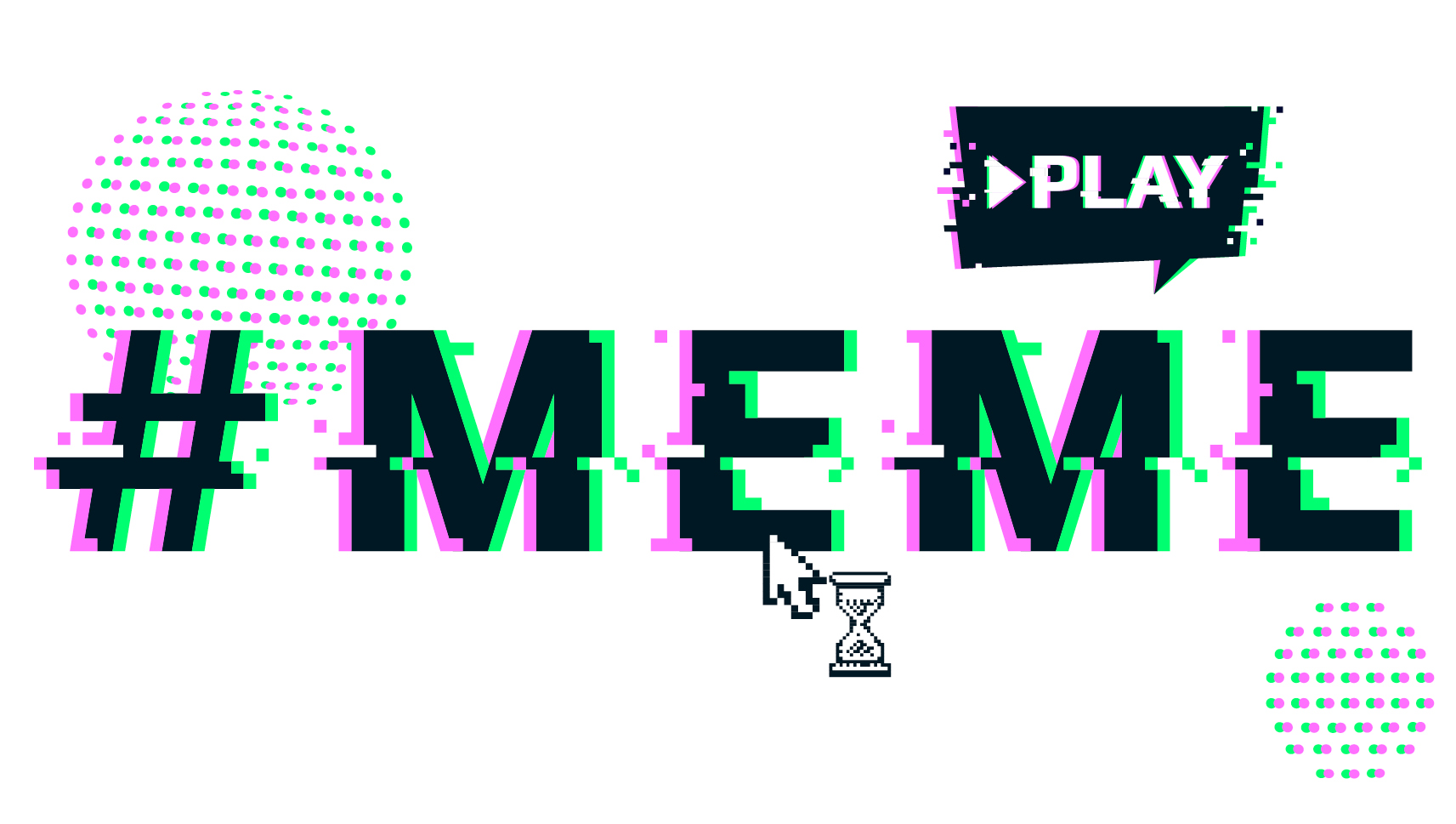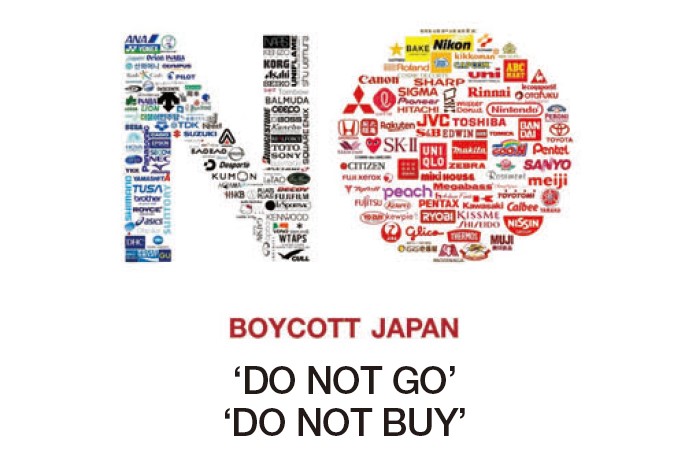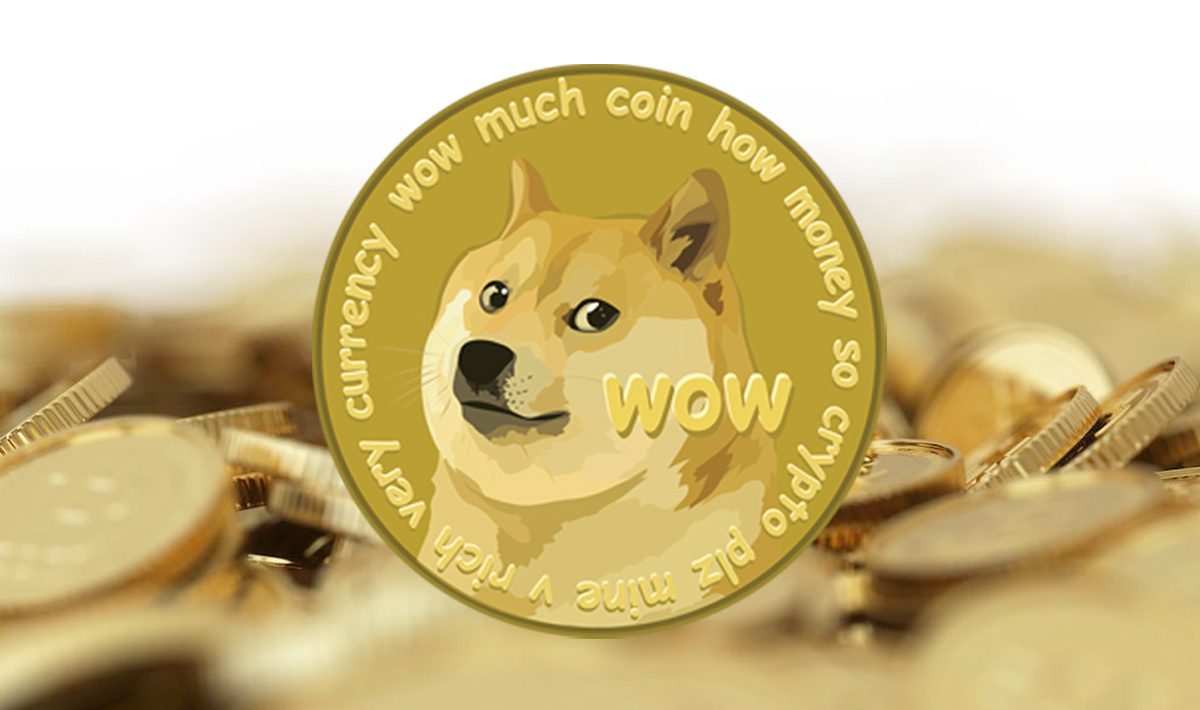
Memes originally referred to funny words generally spread through the Internet and were popular in the Anglosphere. However, as the concept of memes took over Korea’s Internet, various contents also began to be called memes. Especially from last year to the present, various memes have been discovered or created. This might be attributed to the current situation where many people spend more time online due to the coronavirus (COVID-19) pandemic. In May, the #Today’s_ Journal challenge, promoted by the most popular Korean online platform, Naver, became a hot topic for a short time, and it has become a meme. The Sungkyun Times (SKT) is going to look at today’s meme culture, the problems of memes, and how memes should be consumed.
Cultural Gene, Meme
Today’s Memes
The term ‘meme’ is a culture theory that was first introduced in the book, The Selfish Gene, which was written by British evolutionary biologist Richard Dawkins in 1976. It is a combination of the Greek word ‘mimesis,’ which means imitation, and ‘gene.’ This is because cultural elements in human life such as music, ideas, and language are delivered from one person to another through imitation, like cultural genes. The internet meme is influenced by this term, and it refers to contents or cultural elements that are popular on the Internet. Memes are often reproduced through pictures or videos that use funny words or act as sources. They are similar to vogue words, but the difference is that they utilize various sources across media and are not limited to just language. The use of memes exponentially increased in Korea, especially after the outbreak of the pandemic. As people stayed on the Internet for longer periods of time, the concept of the meme rapidly spread out to the public and was used much more in mass media. Those memes generally stem from various sources like TV programs, games, and even movies. A recent popular meme in 2021, “Muyaho,” is created from the remark of the TV program Infinite Challenge. To be specific, it is derived from the situation where an old man shouted a certain slogan of the program in the wrong way, thereby shouting a random chant, “Muyaho.” This funny moment spread through YouTube, and it has become a meme.
Positive Effects of Memes
The biggest function of the meme is to just be fun. As anyone can easily find memes and change them, memes can also be developed into several funny parodies. Moreover, some people might have more fun by forming a social bond among meme consumers as they share the use of memes in a certain background and context. The accusation of social issues is also possible through memes. As the NO Japan campaign, which is a consumer campaign to boycott Japanese products, became a meme, the recognition of the boycott increased. Choi Sung-in, a Doctor of Communication Studies at Seoul National University, said, “Internet memes that spread quickly through imitation and copy induce social members to be aware of social issues. Memes about social issues exert positive power on the social network.”

Problems of Memes
Harmful Memes Everywhere
Memes are generally used in the title or thumbnail of videos on various platforms including all-age platforms. However, many meme consumers do not recognize how memes emerged and what their origins are. There are several memes derived from inappropriate sources. For example, there are memes like “This cartoon makes you laugh for free!” used in comments about the cartoon. But this meme was derived from the prostitution advertising phrase, “This woman makes love for free!” If people become accustomed to these memes, they might just laugh them off without recognizing the problem even though they see inappropriate advertisements. Besides this, memes originated from expressions that ridicule and degrade others and can hurt someone even if the memes are used to entertain someone. Other than the problems of sources, some memes are harmful in themselves, like “void” memes. The void meme fiendishly distorts the shape of normal videos featuring people or animals with unpleasant sound effects, which can cause people to feel serious fear. Also, a curse is often used in void memes, which indicates that memes can harm children when exposed to those memes. As memes are used indiscreetly on platforms that are easily accessible to children, the young can be easily exposed to harmful elements.
Memes with Uncontrollable Power in Economy
As memes have far-reaching powers and fast propagation speeds, they are often used in marketing. However, Sung Yeol-hong, a Professor of the Department of Advertising and Public Relations at Hongik University, commented, “If an advertisement is only produced to emphasize the fun factors using memes, it will not function well to convey the brand’s strength.” In addition, if memes are used thoughtlessly and indiscreetly in marketing, it could incur the problem of plagiarism. For example, in May 2020, one of the largest drink manufacturers, Lotte Chilsung, parodied singer Rain’s facial expressions and dance motion for the image of a hangover-cure drink in their advertisement as a meme. However, the image was criticized by consumers because Lotte parodied the original singer without any permission. Not only in marketing but also in finance, memes can raise problems. Individual investors who are familiar with memes would find fun in investment and gamifying finance. For example, “Dogecoin,” which appeared as a meme to satirize the cryptocurrency market influenced by Bitcoin, became a hit, and the price has since soared 800% from $0.009 to $0.08 in March. If the price of stocks often skyrockets because of memes, the entire financial market can be damaged, and individuals or companies can abuse this crisis. In addition to meme stocks, people from cryptocurrency communities used memes such as “To the moon!” to allure attention to the coins they have invested in and earn profits.

Causing Various Conflicts
Memes do not start from popular sites or platforms that everyone knows, but they are originally used in certain small groups, later spreading to many platforms via the network. Thus, some memes are used nonsensically in any context without considering their original use in a proper context. These characteristics of memes can create conflicts among people. On platforms where various generations and people with different thoughts join and intersect, some people use hating expressions such as “Okay, boomers” or “freaks” in any situation. Also, if media contents are not satisfactory to them, they use disparaging expressions such as “something is cancer.” Moreover, not only generational conflict but also gender conflict can be triggered through memes. For example, sarcastic memes are used in inappropriate contexts to specify the gender of people who advocate certain positions.
Healthy Consumption of Memes
Regulation of Improper Memes
As memes have settled as a cultural phenomenon in current society, special teams are necessary for media platforms. To be specific, an organization that investigates the current state of memes, such as a monitoring team, should be established to filter the memes. It should investigate the origin of memes and regulate harmful memes. While it is difficult to investigate every single meme, at least famous platforms, especially all-age platforms, are required to prepare a system or team to examine them. Inappropriate memes should be prevented, and sanctions should be imposed on people who post contents or comments using prohibited memes. Although it is prohibited to post comments on YouTube’s Kids Channel, intensive supervision of content is necessary. Regulations should be prepared for memes that are indiscreetly used as a marketing strategy. Online platforms have a clear difference between public TV networks, which have restrictions according to the Broadcast Act. Therefore, at least public broadcasting should prohibit advertisements made with the flow of prevalent Internet memes.
Implementation of Media Ethics Education
In cyberspace, the disinhibition effect, which refers to the phenomenon of people speaking or acting without hesitation, often occurs. So, it is necessary to emphasize the moral norm of cyberspace via various public service announcements and campaigns to make people follow the morals. To be specific, online ethics education is essential as the age group of users is getting lower, so education to develop critical thinking and media literacy education is needed. It will be expected to help create a critical mind for inappropriate memes and make children think about the pros and cons and improvements of media elements. Through this training, children need to cultivate skills to distinguish what is wrong to avoid using harmful memes of their own will. Based on media literacy, education that emphasizes users’ responsibility is necessary. Continuous education spanning from elementary school to university should be required. For example, adding content regarding Internet ethics to the existing ethics subject or offering Internet ethic courses could be a good way.
In a society of overflowing media contents, memes haves changed like a gene and settled as a cultural element. Many memes are accepted indiscreetly by people without any filter so far. Now, as memes settle as a means of communication, people should become responsible memers through careful decision-making.
